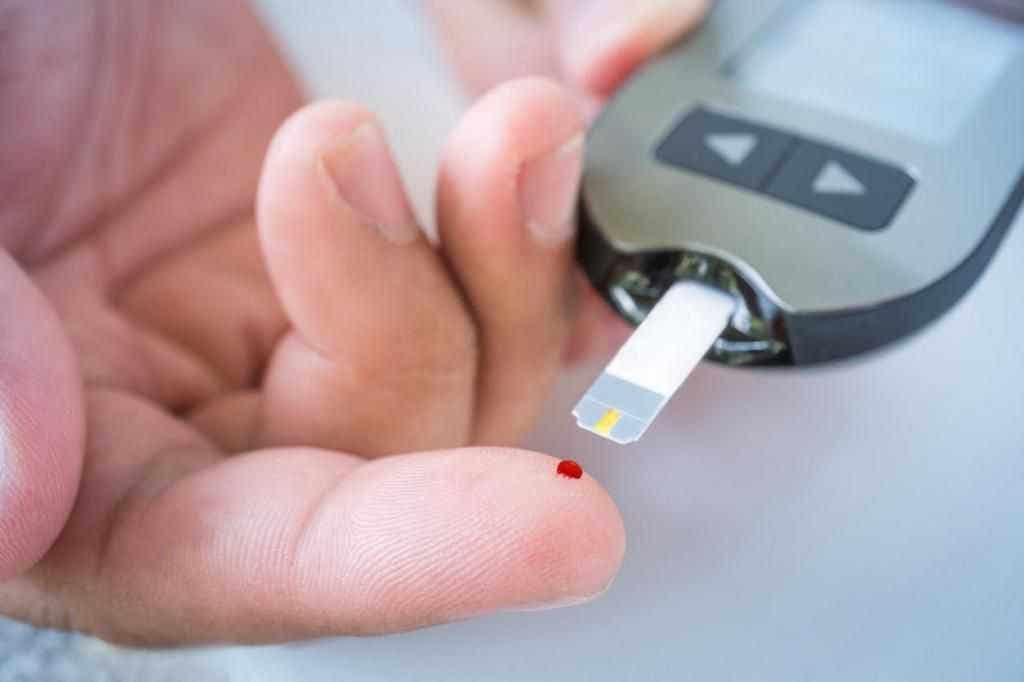More than 60 diseases can be predicted from a single drop of blood
Research on thousands of proteins from a single drop of blood now shows the potential to predict the onset of many diverse diseases.

Researchers measured approximately 3,000 plasma proteins from over 40,000 randomly selected participants. (CREDIT: Creative Commons)
Research on thousands of proteins from a single drop of blood now shows the potential to predict the onset of many diverse diseases.
Published in Nature Medicine, this groundbreaking study is the result of an international collaboration between GSK, Queen Mary University of London, University College London, Cambridge University, and the Berlin Institute of Health at Charité Universitätsmedizin in Germany.
Using data from the UK Biobank Pharma Proteomics Project (UKB-PPP), the largest proteomics study to date, researchers measured approximately 3,000 plasma proteins from over 40,000 randomly selected participants. This protein data was then linked to participants’ electronic health records. Advanced analytical techniques helped identify a ‘signature’ of between 5 and 20 proteins most important for predicting each disease.
These protein signatures were able to predict the onset of 67 diseases, including multiple myeloma, non-Hodgkin lymphoma, motor neurone disease, pulmonary fibrosis, and dilated cardiomyopathy.
Compared to models based on standard clinical information such as blood cell counts, cholesterol, kidney function, and diabetes tests, the protein prediction models performed better for most examples.
The benefits of measuring and discussing the risk of future heart attack and stroke (‘cardiovascular risk scores’) are well established. This research suggests new possibilities for predicting a wide range of diseases, including rarer conditions that can currently take months or years to diagnose. These findings offer new opportunities for timely diagnoses.
Related Stories
Validation in different populations, including people with and without symptoms and signs of diseases, as well as in various ethnic groups, is still required.
Lead author Professor Claudia Langenberg, Director of the Precision Healthcare University Research Institute (PHURI) at Queen Mary University of London and Professor of Computational Medicine at the Berlin Institute of Health at Charité Universitätsmedizin, said:
“Measuring one protein for a specific reason, such as troponin to diagnose a heart attack, is standard clinical practice. We are extremely excited about the opportunity to identify new markers for screening and diagnosis from the thousands of proteins circulating and now measurable in human blood. What we urgently need are proteomic studies of different populations to validate our findings, and effective tests that can measure disease-relevant proteins according to clinical standards with affordable methods.”
First author Dr. Julia Carrasco Zanini Sanchez, a research student at GSK and the University of Cambridge at the time and now a postdoctoral researcher at PHURI, added:
“Several of our protein signatures performed similar or even better than proteins already trialled for their potential as screening tests, such as prostate-specific antigen for prostate cancer. We are therefore extremely excited about the opportunities that our protein signatures may have for earlier detection and ultimately improved prognosis for many diseases, including severe conditions such as multiple myeloma and idiopathic pulmonary fibrosis. We identified so many promising examples; the next step is to select high-priority diseases and evaluate their proteomic prediction in a clinical setting.”
Co-lead author Dr. Robert Scott, Vice President and Head of Human Genetics and Genomics at GSK, stated:
“A key challenge in drug development is the identification of patients most likely to benefit from new medicines. This work demonstrates the promise in the use of large-scale proteomic technologies to identify individuals at high risk across a wide range of diseases and aligns with our approach to use technology to deepen our understanding of human biology and disease. Further work will extend these insights and improve our understanding of how they are best applied to support improved success rates and increased efficiency in drug discovery and development.”
This research not only highlights the promise of protein signatures in predicting diseases but also underscores the need for further studies across different populations to validate these findings. The ultimate goal is to develop effective and affordable tests that meet clinical standards, paving the way for earlier detection and better prognosis for a variety of diseases.
Note: Materials provided above by The Brighter Side of News. Content may be edited for style and length.
Like these kind of feel good stories? Get The Brighter Side of News' newsletter.
Joshua Shavit
Science & Technology Writer | AI and Robotics Reporter
Joshua Shavit is a Los Angeles-based science and technology writer with a passion for exploring the breakthroughs shaping the future. As a contributor to The Brighter Side of News, he focuses on positive and transformative advancements in AI, technology, physics, engineering, robotics and space science. Joshua is currently working towards a Bachelor of Science in Business Administration at the University of California, Berkeley. He combines his academic background with a talent for storytelling, making complex scientific discoveries engaging and accessible. His work highlights the innovators behind the ideas, bringing readers closer to the people driving progress.



